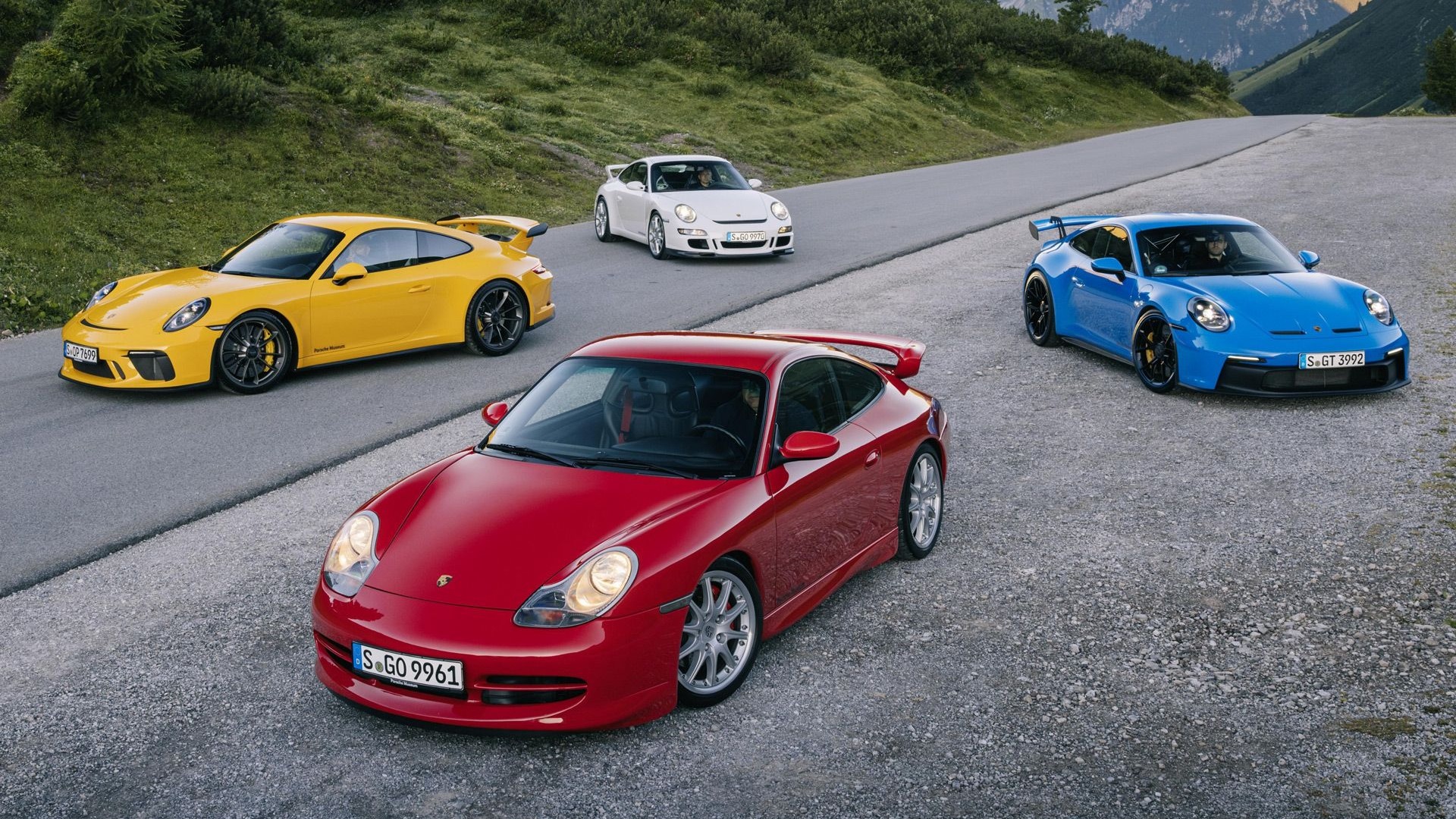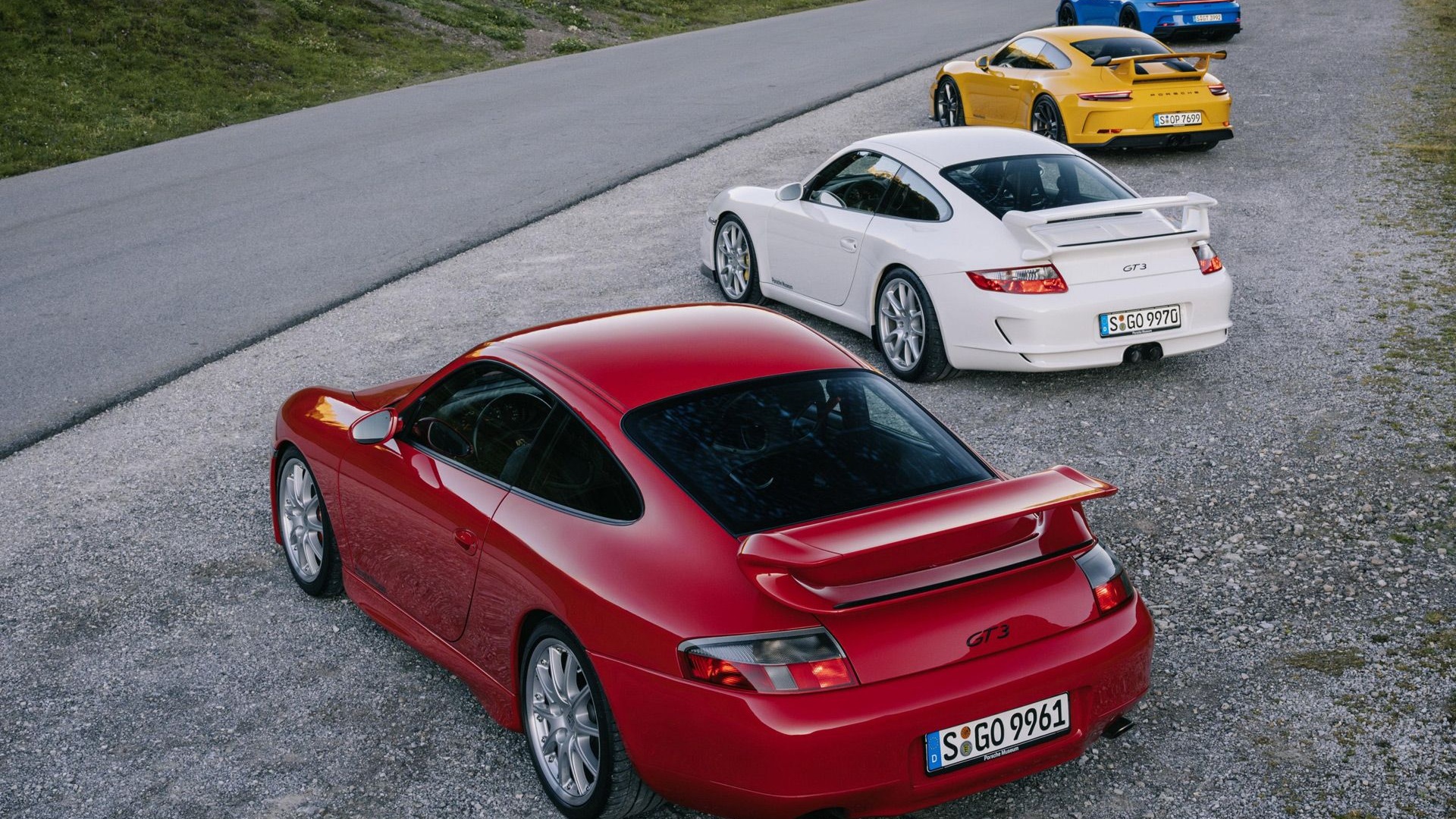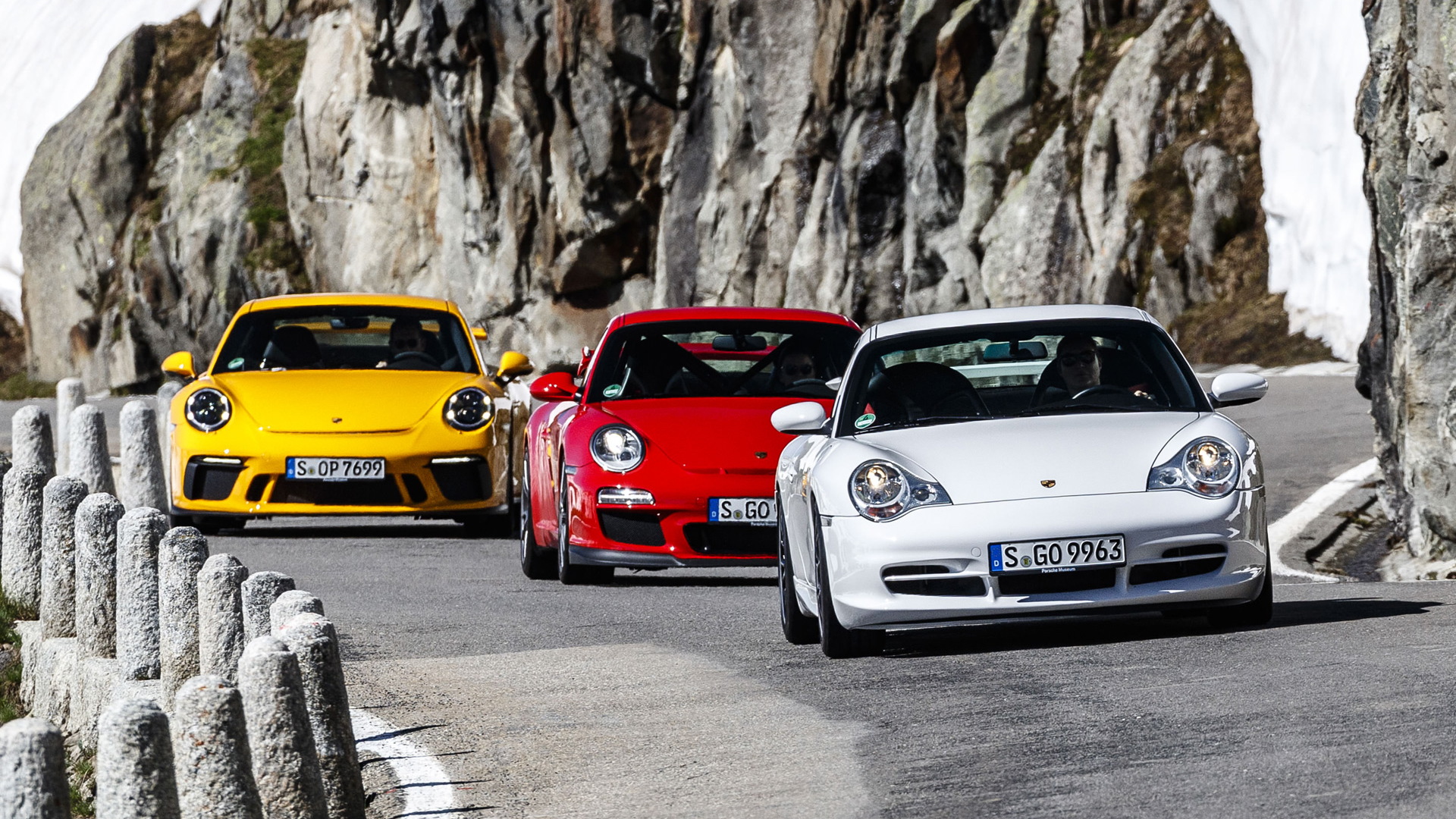- The first Porsche 911 GT3 debuted at the 1999 Geneva auto show
- There have been four generations of the Porsche 911 GT3
- All generations have featured naturally aspirated engines and rear-wheel drive
The Porsche 911 GT3 has turned 25, and we've highlighted the four generations that have been launched thus far.
Born from racing but built for the street, the 911 GT3 represents an evolution of the lineage that began in 1973 with the original 911 Carrera RS homologation special.
And just like the Carrera RS, the GT3, together with its more hardcore GT3 RS cousin, are the cars most closely related to Porsche's 911 racers. That's why they still run naturally aspirated engines and can be ordered without many of the niceties you find in other 911 variants. As Porsche puts it, the GT3 continues the firm's tradition of building “pure, uncompromised sports cars.”
The basic recipe is rear-wheel drive, lightweight construction, high-downforce aerodynamics, and a track-focused chassis. Porsche has stuck to this for each generation, and hopefully will do so in the future as well.

996 Porsche 911 GT3
The first GT3 was based on the 996-generation 911 and made its debut in 1999, at that year's Geneva auto show. It combined a high-revving 3.6-liter flat-6 closely related to the engine used in motorsports, specifically the unit in the Le Mans-winning 911 GT1 monster.
Porsche's test driver at the time, rally legend Walter Röhrl, drove the car around the Nürburgring in a time of 7:56.33, which was the first time a production car had slipped under the 8:00 mark. It was a sensation at the time and still impressive when you consider the car only packed 355 hp. Unfortunately, Americans had to wait another four years to have their first taste of the car, when an updated version was introduced.
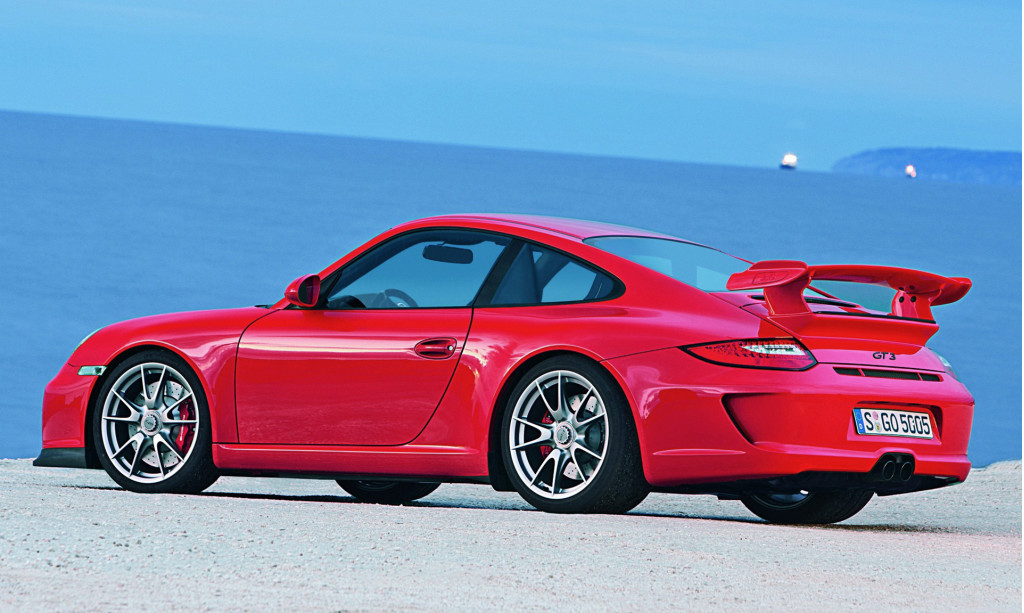
997 Porsche 911 GT3
The second GT3 was based on the 997-generation 911 and was unveiled in 2006. It stuck to a 3.6-liter flat-6 but increased power to 415 hp. Adaptive dampers were made a standard feature and the brakes were enlarged significantly, especially with the available carbon-ceramic brake option.
Also new to the car were center-mounted exhaust tips, now a GT3 staple, as well as a Sport mode that freed up the exhaust flow and reduced severity of the traction control.
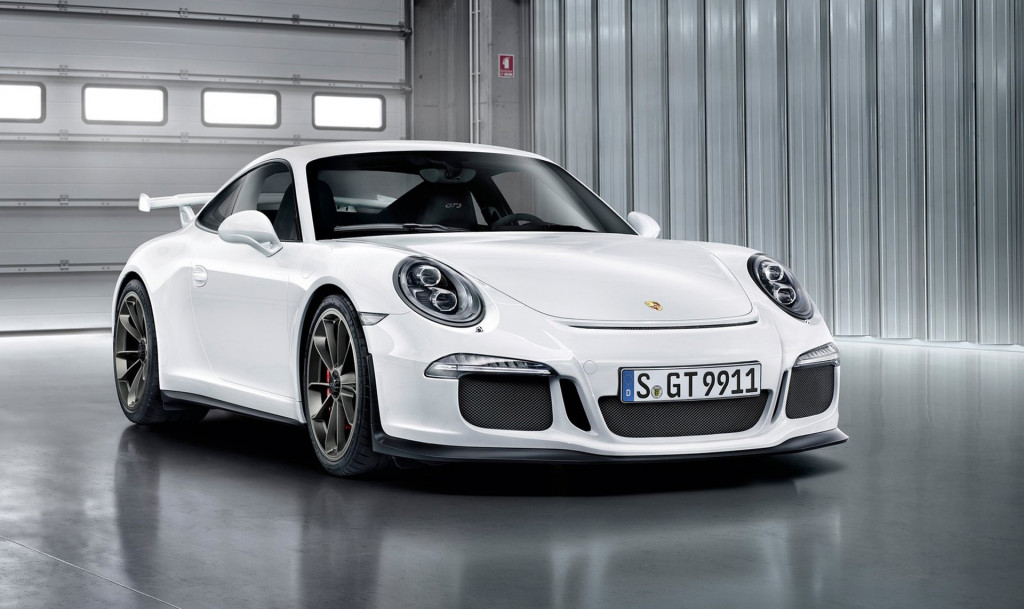
991 Porsche 911 GT3
The third GT3 was based on the 991-generation 911 and made its debut in 2013. It represented a significant departure from prior cars as it was the first without a manual transmission. Instead, Porsche decided to make a dual-clutch unit standard. This upset some of the traditionalists so Porsche added the manual transmission back with a slightly tamer GT3 Touring that arrived in 2017.
There were teething issues in the car's first year. The new 475-hp 3.8-liter flat-6 experienced some fires in customer hands, fortunately with no injuries reported. Porsche quickly came up with a fix and did the right thing by replacing all engines in the cars it had already delivered. Eventually, Porsche would upgrade to a 500-hp 4.0-liter flat-6 in the GT3 following a mid-cycle refresh.
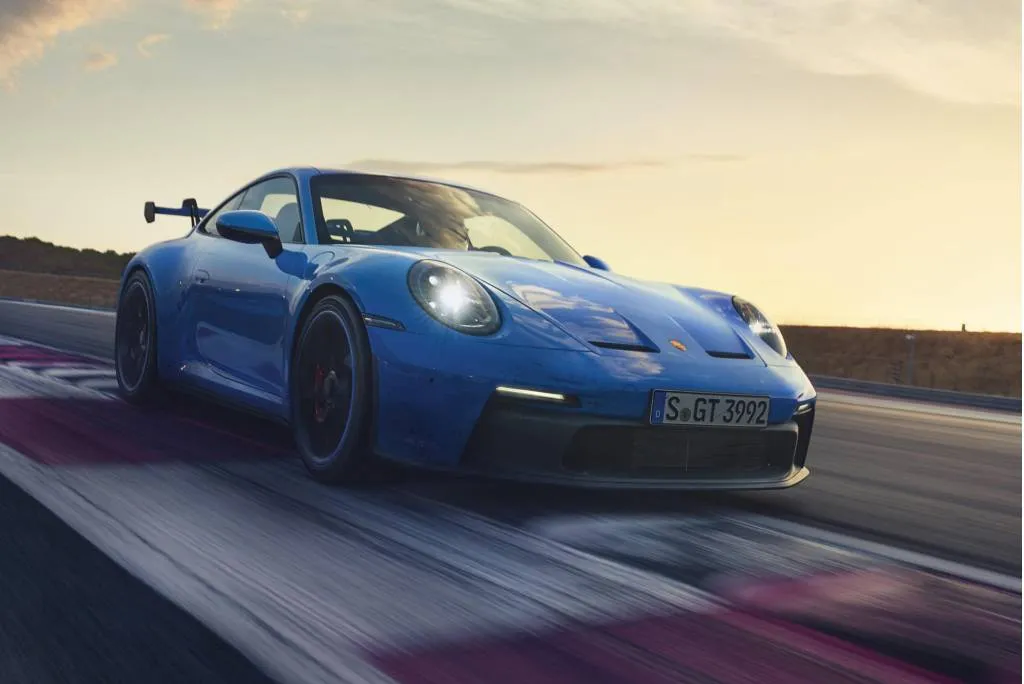
992 Porsche 911 GT3
The fourth and current GT3 is based on the 992-generation 911 and made its debut in 2021. It carried over the 4.0-liter flat-6 of the previous generation, with its peak power rating coming in at 502 hp. The car offered buyers the choice of a manual or dual-clutch automatic transmission from the get-go.
A key change was the fitment of a double-wishbone front axle, which was adapted from the suspension of the 911 RSR endurance race car. It improves lateral stability of the GT3’s front end and unites the whole car in a way the outgoing model needed. There's also no missing the rear wing which introduced swan neck struts for the first time, a design that maximizes the surface area of the lower side of the wing, meaning more low pressure air and as a result more downforce.

